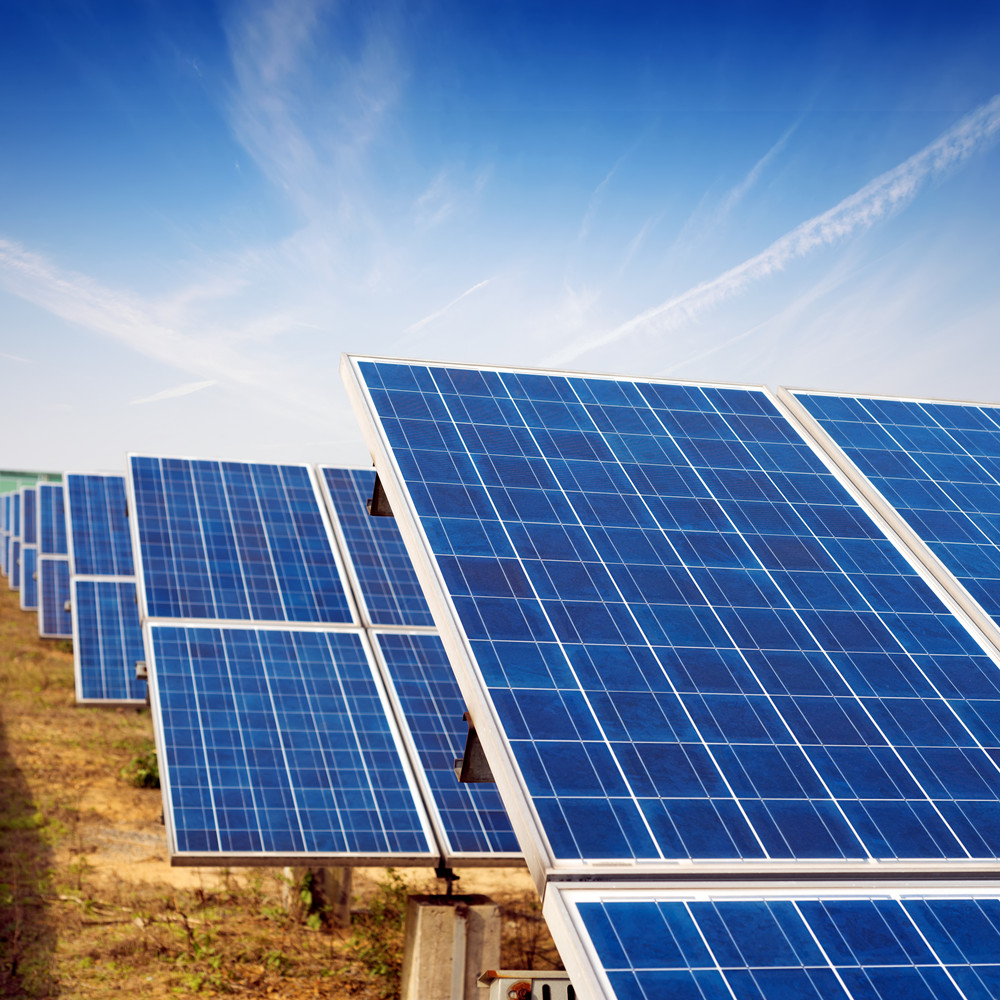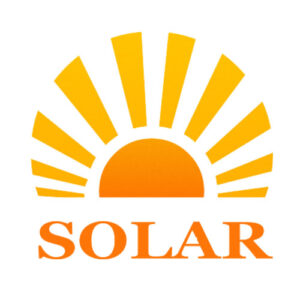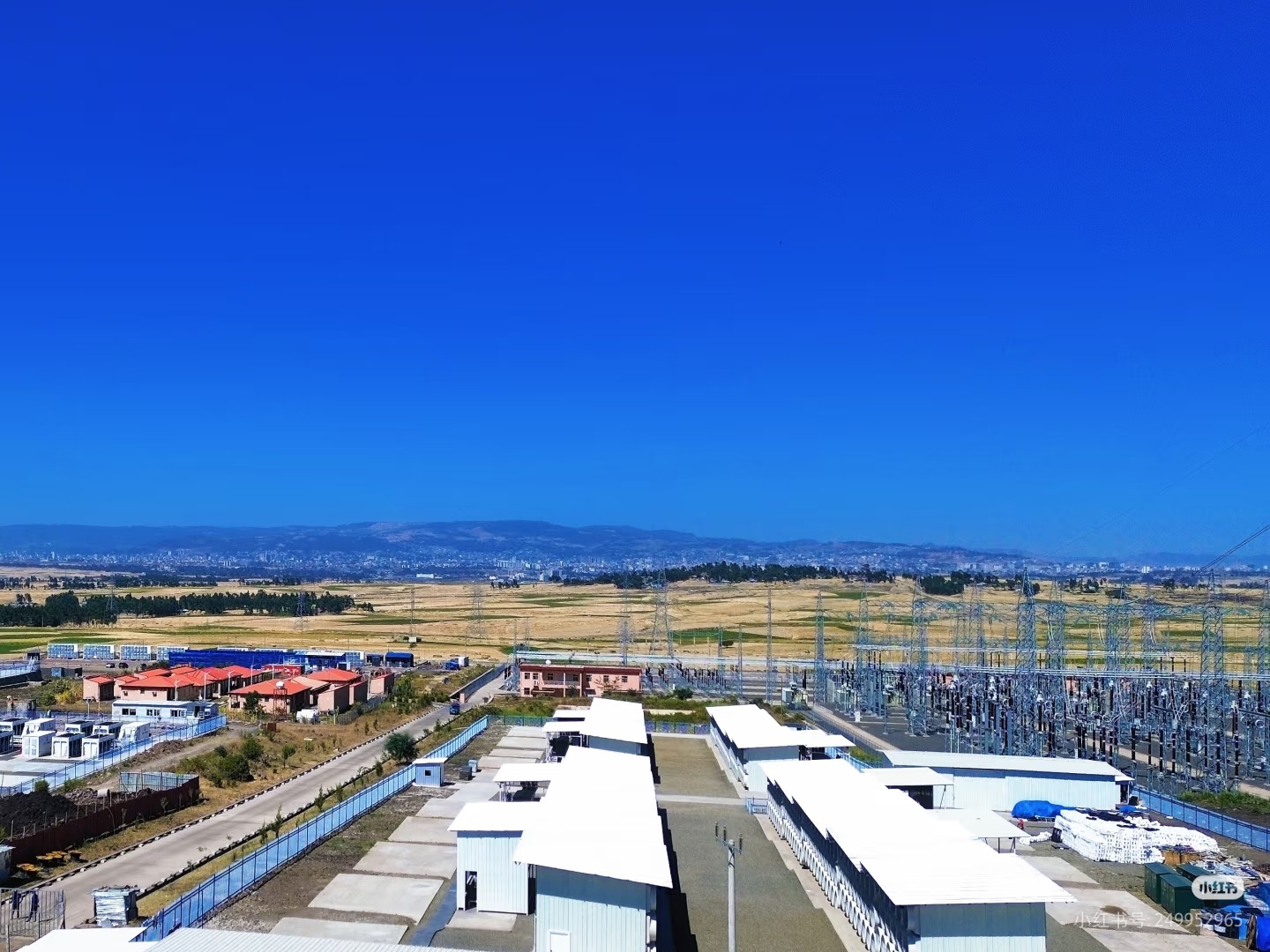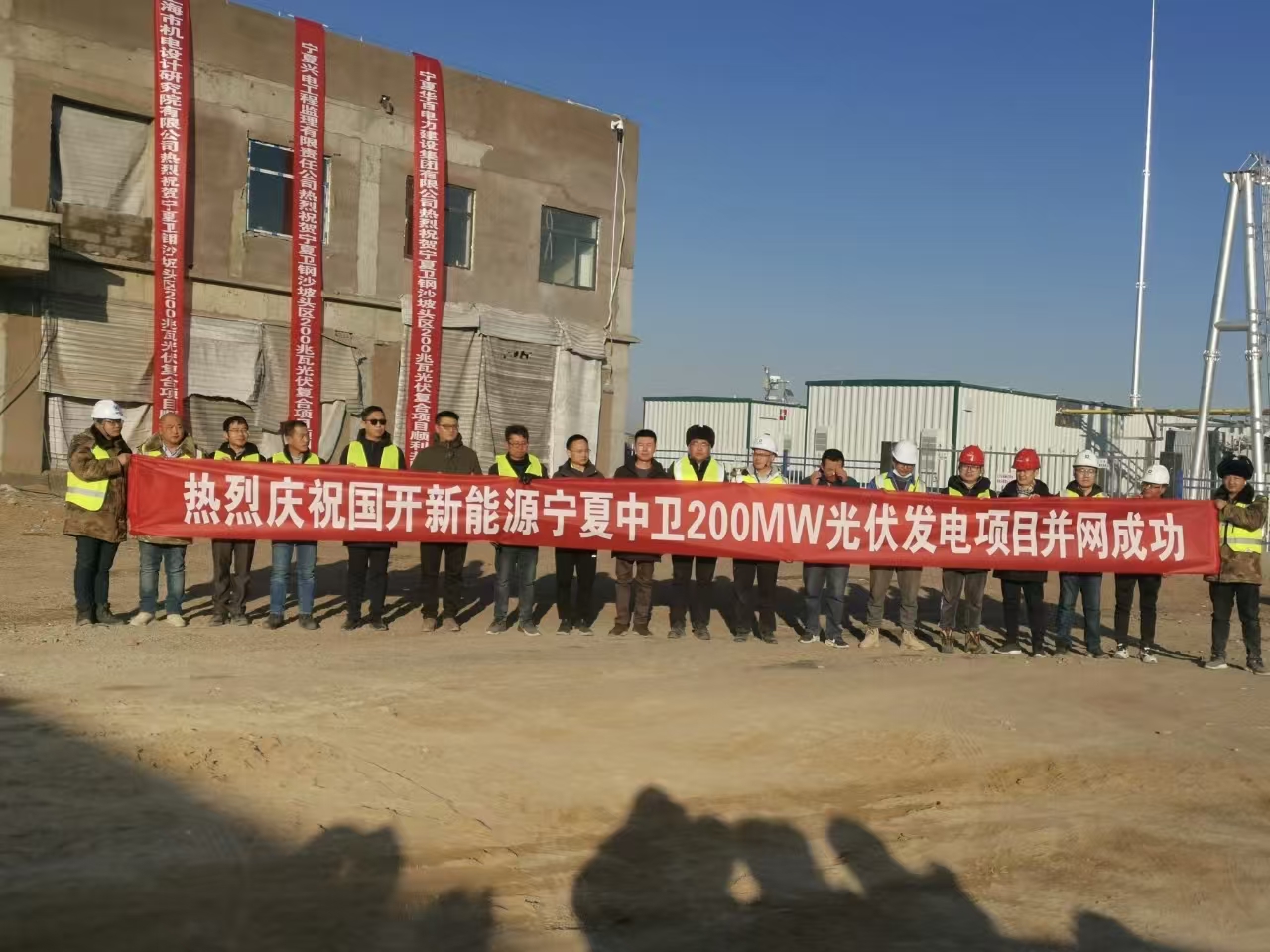Introduction to Solar Trackers and Photovoltaic Systems
Solar power is one of the best sources of renewable energy, and photovoltaic (PV) systems are the most common way to harness it. These systems use solar panels to convert sunlight into electricity. However, to get the most out of solar panels, we need to make sure they are positioned correctly to catch as much sunlight as possible. This is where solar trackers come in. They help adjust the position of solar panels to follow the sun’s path, ensuring maximum efficiency.
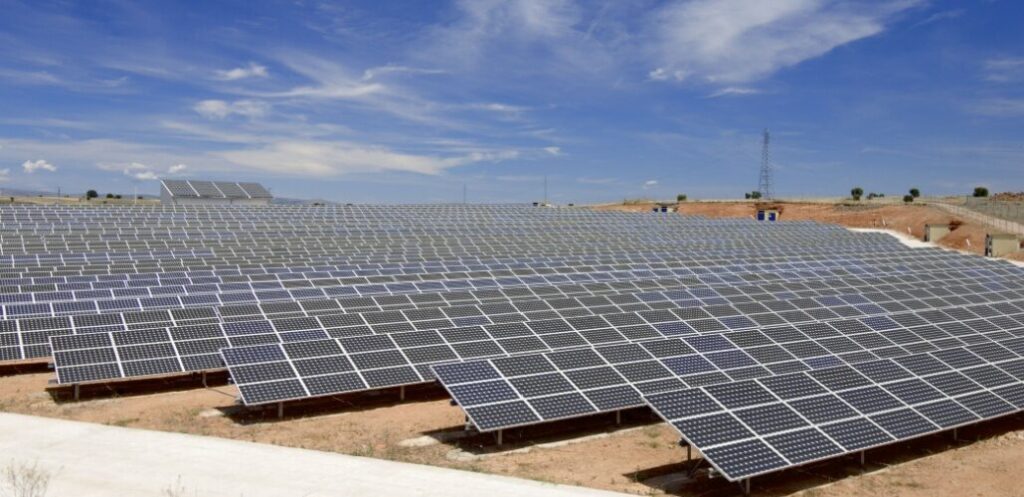
What are Solar Trackers?
Solar trackers are devices that move solar panels to follow the sun’s movement across the sky. There are two main types of trackers:
- Single-Axis Trackers: These move the panels in one direction, usually from east to west, following the sun’s path throughout the day.
- Dual-Axis Trackers: These trackers move both horizontally and vertically, so they can follow the sun more accurately, even across seasons.
These systems help increase the amount of sunlight the solar panels receive, which means more electricity is generated.
How Solar Trackers Help Optimize PV Systems
Solar trackers improve solar energy production in a few ways:
- Better Sunlight Capture: When solar panels face the sun directly, they work more efficiently. Solar trackers ensure that panels are always facing the sun, even as it moves across the sky, increasing energy production by up to 20-30%.
- Seasonal Adjustments: In addition to daily tracking, dual-axis trackers can adjust for the different positions of the sun throughout the year, ensuring optimal performance all year long.
Types of Solar Trackers and Their Uses
- Single-Axis Trackers: These are cheaper and simpler than dual-axis trackers. They are most effective in large solar farms where space is abundant. They increase energy production by about 20-25%.
- Dual-Axis Trackers: These trackers are more precise and allow for maximum energy production. They follow the sun both horizontally and vertically, making them perfect for areas with extreme seasonal changes. However, they are more expensive and require more maintenance.
- Fixed Solar Panels vs. Tracking Systems: Fixed solar panels are simpler and cost less to install, but they are less efficient than tracked systems. While tracking systems require higher upfront costs, they generate more energy over time, making them a better long-term investment.
Factors That Affect the Performance of Solar Trackers
Several things can affect how well a solar tracker works:
- Location and Sun Path: Where the solar system is located affects how much energy it can produce. Areas with more sunlight and fewer clouds benefit most from tracking systems.
- Environmental Factors: Weather conditions, like cloudy skies, rain, or snow, can impact the effectiveness of solar trackers. Areas with consistent, strong sunlight are the most ideal.
- Cost vs. Benefit: Though solar trackers cost more to install, they provide higher energy output in the long run, making them a better option for large-scale solar farms.
Technological Improvements in Solar Trackers
Technology is making solar trackers even better:
- AI and Machine Learning: These technologies help trackers adjust more precisely by predicting the best angles for the panels based on the weather, time of day, and season.
- Smart Sensors: Modern solar trackers use sensors to detect the sun’s position more accurately, improving tracking and energy output.
- New Materials and Designs: Lighter and stronger materials are being used to make trackers more durable, easier to install, and cheaper to maintain.
Environmental and Economic Benefits of Solar Trackers
- Space Efficiency: Solar trackers help generate more energy in less space, which is great for solar farms. Instead of spreading out more panels, trackers let you fit more power in the same area.
- Higher Return on Investment: Even though they cost more to install, solar trackers provide higher energy output, meaning they can pay for themselves over time. This is especially important as the world moves toward more sustainable and affordable energy solutions.
- Environmental Impact: By improving energy efficiency, solar trackers help reduce the need for fossil fuels, which lowers greenhouse gas emissions and contributes to a cleaner planet.
Challenges of Solar Trackers
Despite the many benefits, there are some challenges:
- Higher Initial Costs: Solar trackers cost more to install than fixed panels, which can be a barrier for smaller projects.
- Maintenance: Trackers require more maintenance to ensure they are working properly. Moving parts can wear out over time, and this can lead to more repairs.
- Weather Sensitivity: Solar trackers may be affected by extreme weather conditions, such as high winds, snow, or dust, which can affect their performance.
The Future of Solar Trackers
The future of solar trackers looks promising:
- Better Tracking Technology: Solar trackers will become even more efficient as AI and machine learning technologies improve. This will make them even better at capturing energy and adjusting to changing weather conditions.
- Integration with Energy Storage: Solar trackers will likely work even better with energy storage systems, ensuring that solar energy can be used when it’s needed most.
- Larger Solar Farms: As solar energy grows in popularity, large-scale solar power plants will continue to use trackers to maximize energy output and reduce land usage.
FAQs on Solar Trackers
- Why are solar trackers important?
They increase the amount of sunlight solar panels capture, boosting energy production by up to 20-30%. - What’s the difference between single-axis and dual-axis trackers?
Single-axis trackers move the panels from east to west, while dual-axis trackers adjust both horizontally and vertically, following the sun more precisely. - Are solar trackers worth the extra cost?
For large installations or areas with strong seasonal changes in sunlight, they provide a high return on investment by increasing energy output. - Can solar trackers be used for residential systems?
While they are typically more beneficial for large solar farms, some homeowners with large roofs or specific energy needs might benefit from using trackers. - What’s the future of solar trackers?
We can expect more advanced tracking systems with AI, better materials, and integration with energy storage systems, making them even more efficient and affordable.
Conclusion
Solar trackers are a key technology that can help make solar power more efficient and cost-effective. By ensuring solar panels always face the sun, they increase energy production and help make solar energy a more reliable source of power. As technology improves, solar trackers will play an even bigger role in reducing our reliance on fossil fuels and promoting clean, renewable energy.

